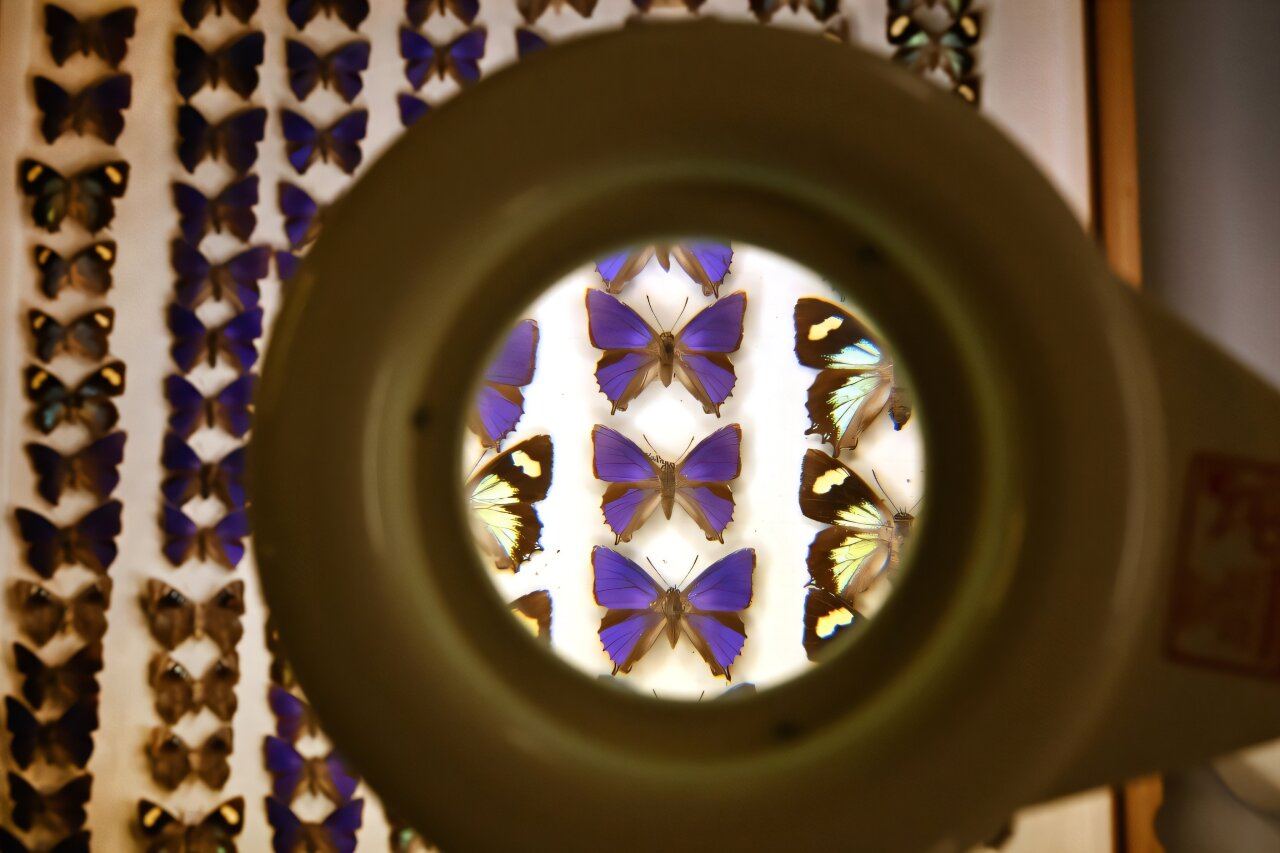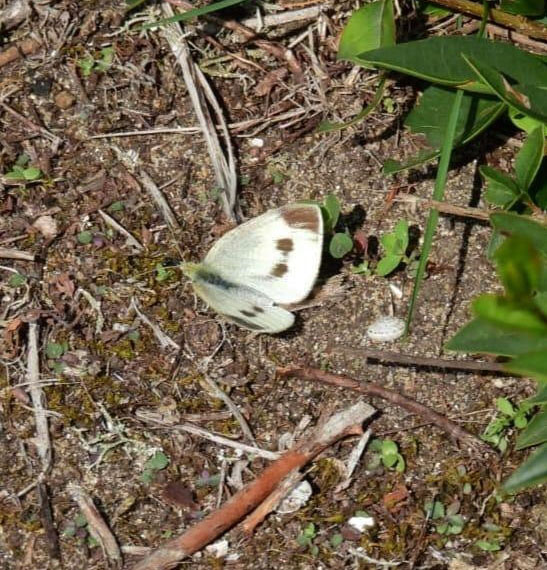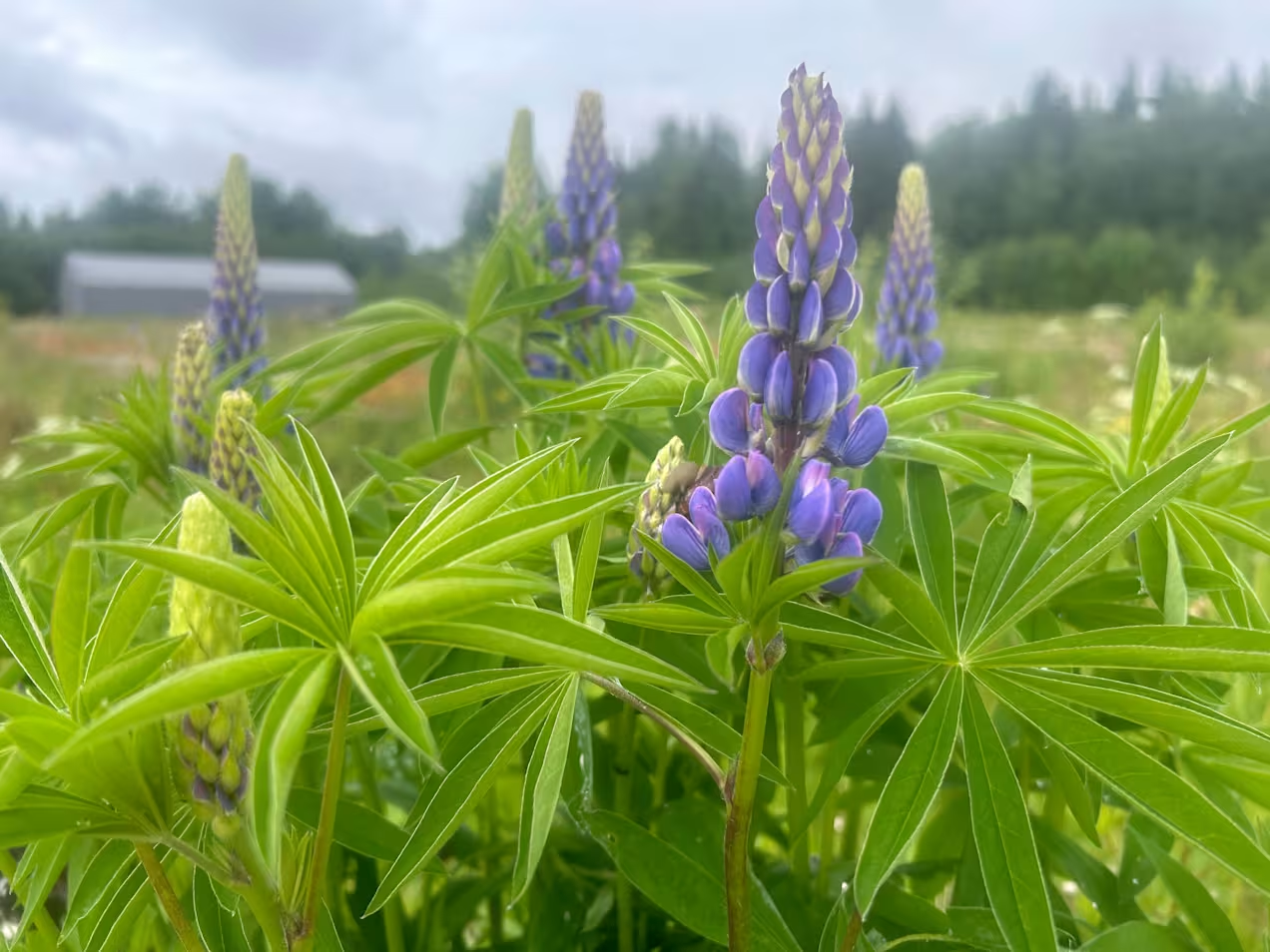Great Britain
2025-08-25 @ 16.51.03 ∈ In English
(Earlier: Why the UK’s butterflies are booming in 2025)
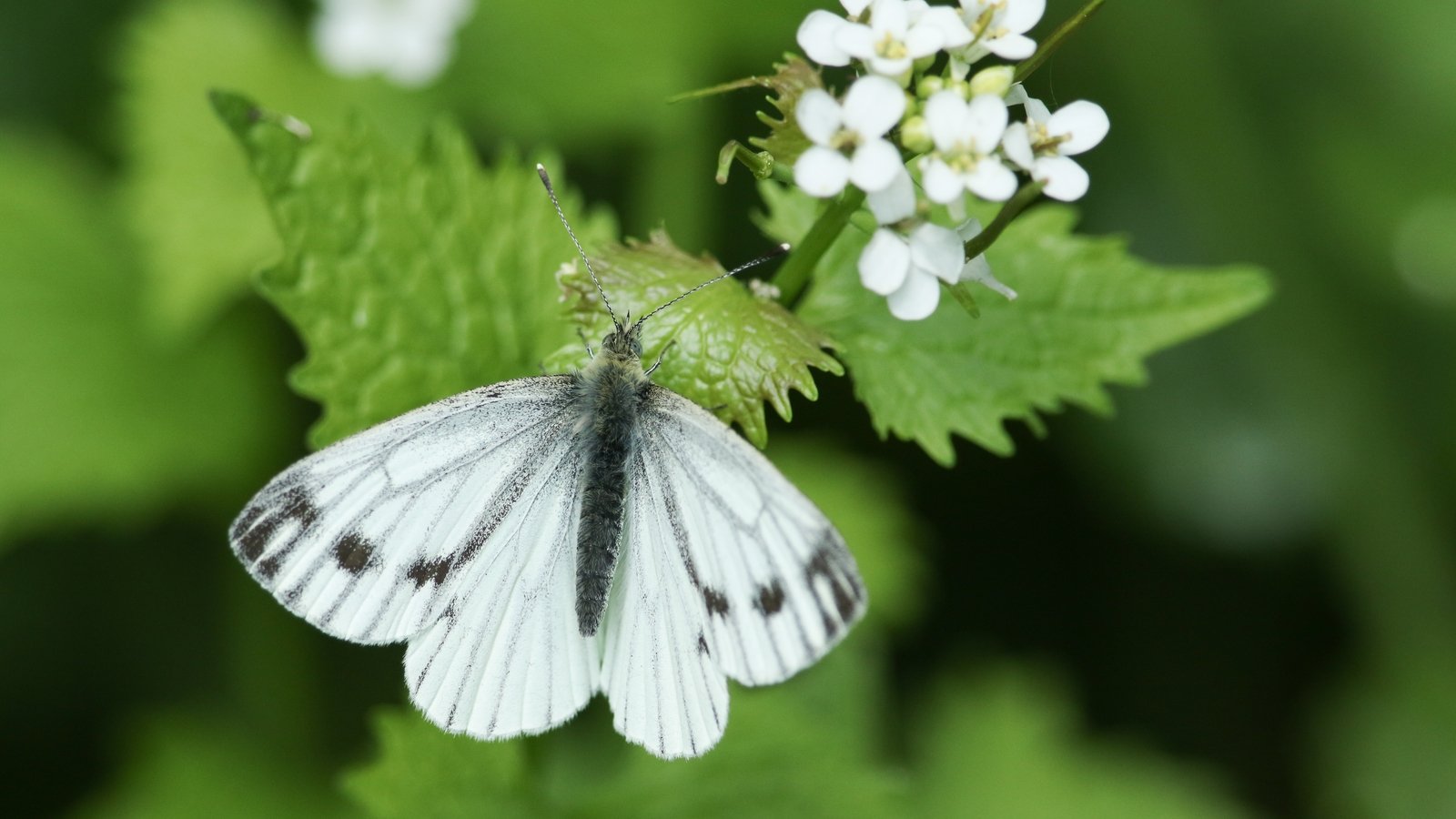
Why are we seeing so many butterflies in Ireland this year?
Another reason for the 2025 butterfly boom is the weather in Europe. Hot, dry weather creates drought, and butterflies capable of migration escape by altitudinal and geographical migration. By moving north, Clouded Yellow, Large White, Small White, Red Admiral and Painted Lady butterflies can find succulent foodplants for their caterpillars.
2025-08-05 @ 17.33.45 ∈ In English
2025-02-04 @ 16.54.19 ∈ In English

Decoding a butterfly’s travel map: Scientists find globetrotting not in genes
[The] different migration strategies are shaped by environmental conditions rather than being encoded in the butterfly's DNA. […] Additionally, migration patterns in painted ladies could not be associated with factors such as sex, wing size, or wing shape.
2024-10-12 @ 15.48.44 ∈ Suomeksi
2024-07-05 @ 10.15.23 ∈ In English
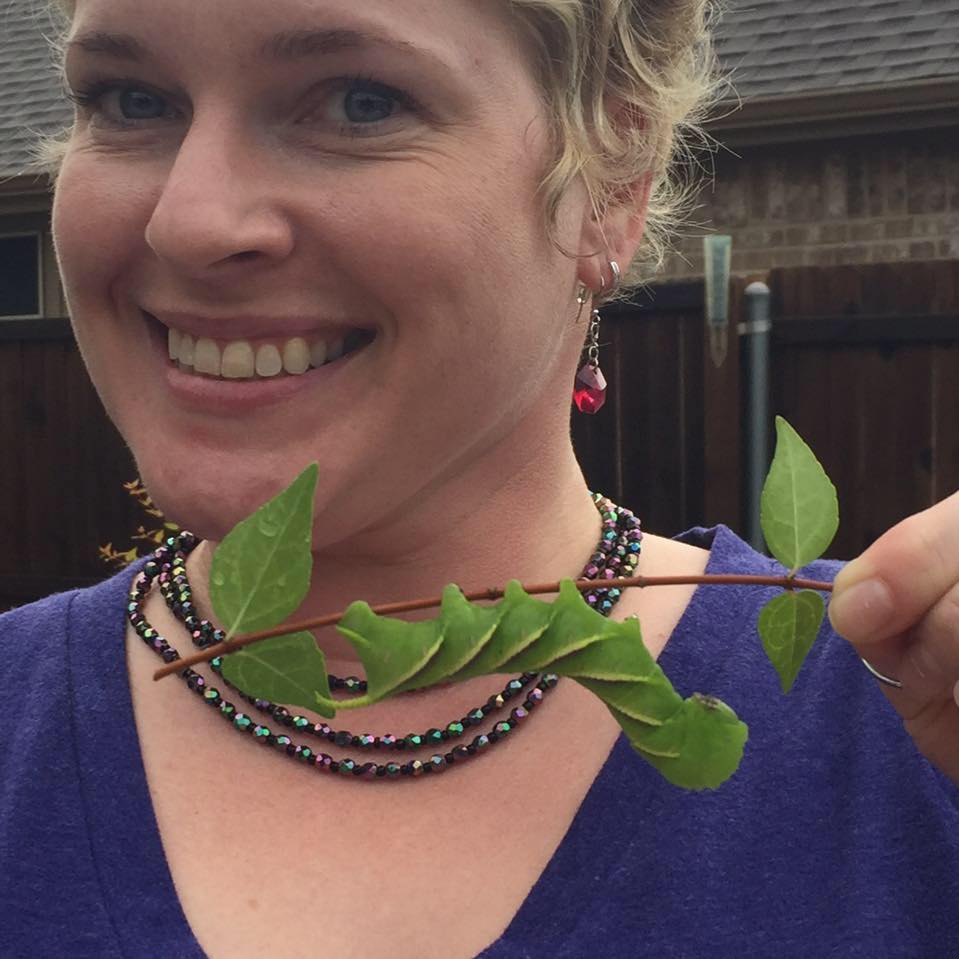
Identifier Profile: @k8thegr8 · iNaturalist
If you’re photographing a caterpillar, Kate recommends getting at least three photos: one the top of the caterpillar, one of the side showing all the sets of legs, and a photo of the face (aka head capsule). It’s also really important to note the host plant (or make an observation of the host plant and get it identified on iNat). Even then, she reminds us that not all caterpillars (or adults) can be identified to the species level from photos alone.
2024-05-20 @ 18.43.15 ∈ Suomeksi
2024-02-27 @ 13.17.41 ∈ In English
2024-02-21 @ 18.56.02 ∈ In English
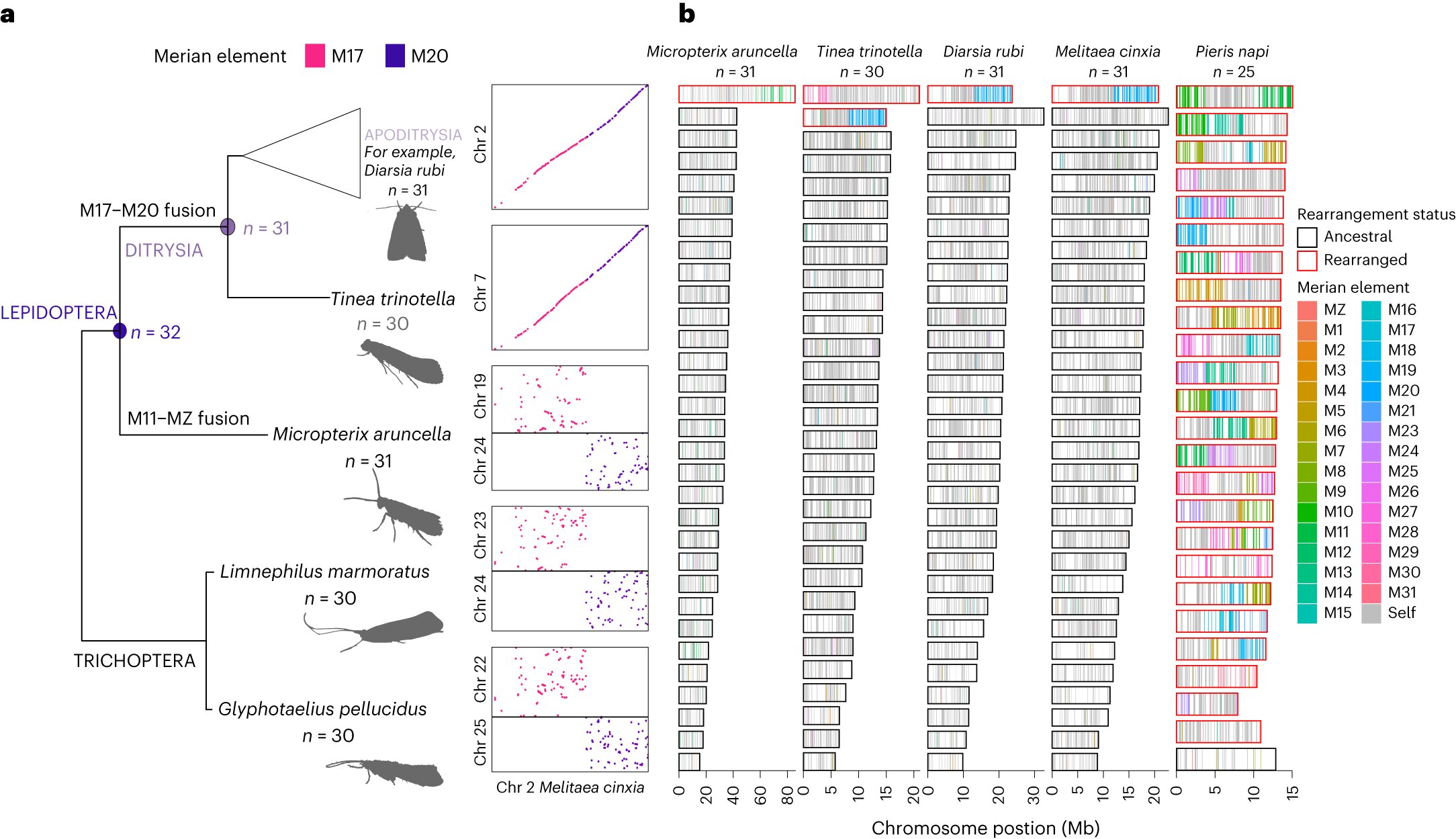
Analysis shows butterfly and moth genomes are mostly unchanged despite 250 million years of evolution
The team found not only were chromosomes incredibly stable, but the order of genes within them was too. […] However, researchers uncovered a rare subset of species such as the blue butterflies—Lysandra—and the group containing cabbage white butterflies—Pieris—that underwent extensive chromosome reshuffling[.]
